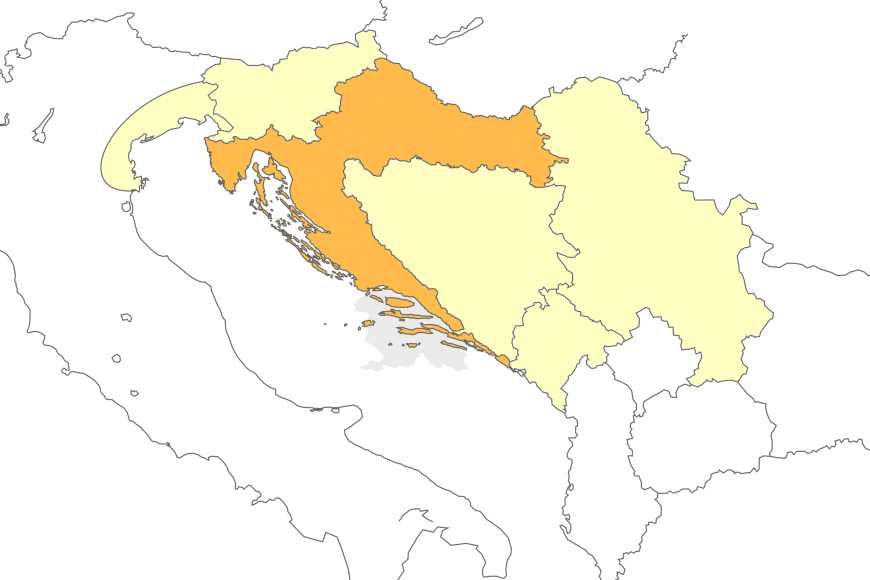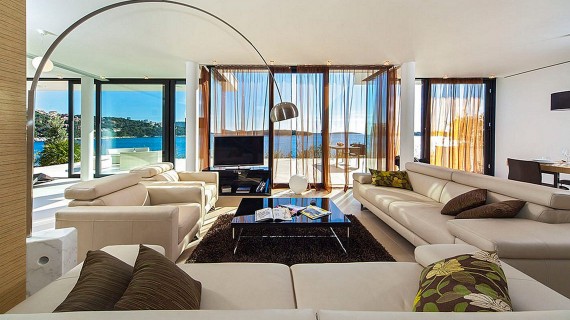What’s to see
Croatia is an Eastern European country with a long coastline on the Adriatic Sea. Encompassing more than a thousand islands, it’s also crossed by the Dinaric Alps. Its inland capital, Zagreb, is distinguished by its medieval Gornji Grad (Upper Town) and diverse museums. The major coastal city Dubrovnik has massive 16th-century walls encircling an Old Town with Gothic and Renaissance buildings.
There is so much to see and experience that at least 2 weeks are necessary to see all the highlights. If You have less time, you will certainly visit it twice.
By having more then 1.200 islands and wonderful weather conditions, Croatia has developed its tourism in all directions. It is full of diversities in food, culture, music and landscapes in all its regions.
Safety
Street crime is rare, assaults on foreigners nearly non-existent.
Croatia is one of the safest countries in Europe especially regarding terrorism. Croatia is a small country not involved in any of the current political and war affairs. It was never involved in any initiatives against the Islamic State, therefore, the risk of terrorism in Croatia is close to none.
Here are listed some links of the most reliable source regarding “Low Terrorism threat”:
OSAC, Daily Express, Daily Mirror, UK Government, AOL Travel, UK Bathchronicle, The Indipendent and Vision of Humanity.
How to visit Croatia
ITINERARY
Stop in each city for the exact amount of time that it requires to visit all the highlights of the region and then move to the next destination.
A typical itinerary would look like 2-4 nights in each place, staying in Hotels and visiting more sites during the transfer from Hotel to Hotel.
YACHT
Stay on your private ship and visit all the famous highlights of the Croatian coast without moving your luggage.
With this option you have the flexibility of stopping wherever and stay for how long you want. The only restrictions are the departure and arrival. With 1.200 islands
VILLA RENTING
Choose your favorite Vacation House and stay there for a whole week. From there You can reach many sites in Croatia with daily tours: speedboats or car&driver.
An excellent choice for families and smaller groups.
Climate
Northern Croatia has a temperate continental climate whereas the central and upland regions have a mountainous climate. The entire Adriatic coast has a pleasant Mediterranean climate. Spring and autumn are mild along the coast, while winter is cold and snowy in central and northern regions. The average temperature in the inlands in January ranges from -10° to 5°C and in August, from 19° to 39°C. The average temperature at the seaside is higher: in January, from 6°C to 11°C and in August from 21°C to 39°C.














